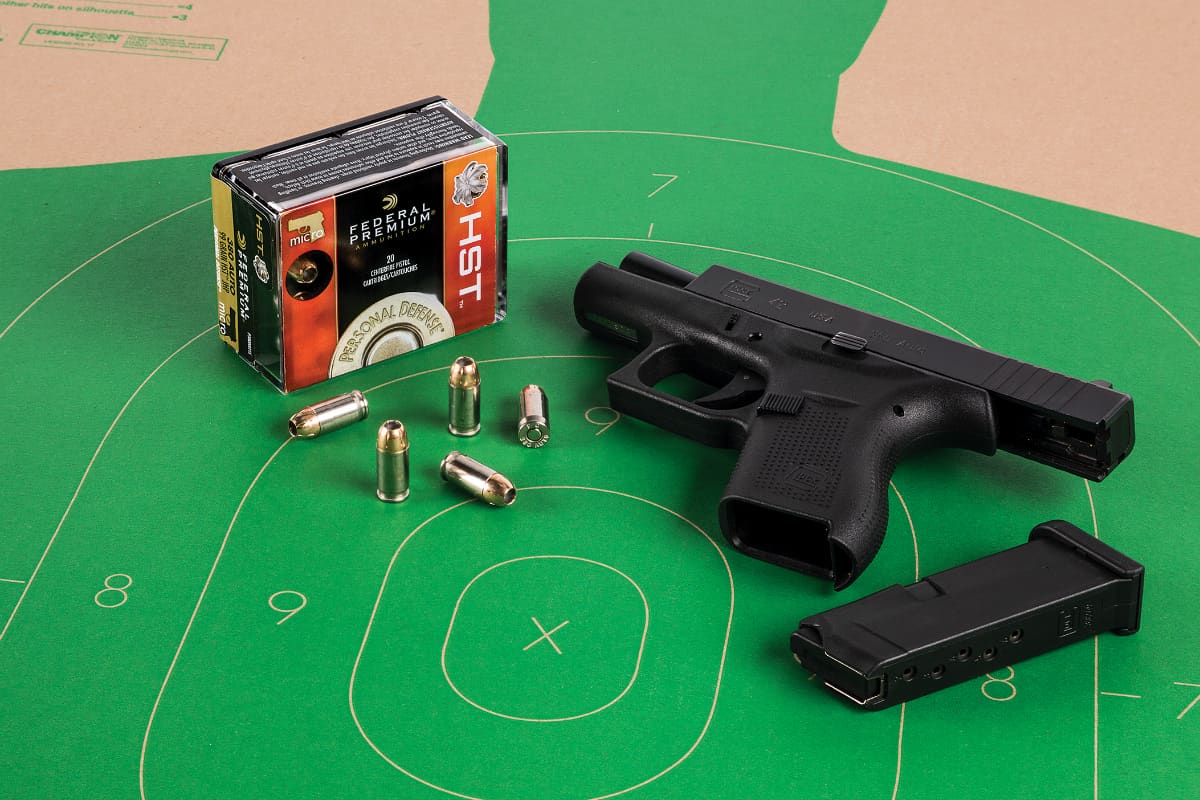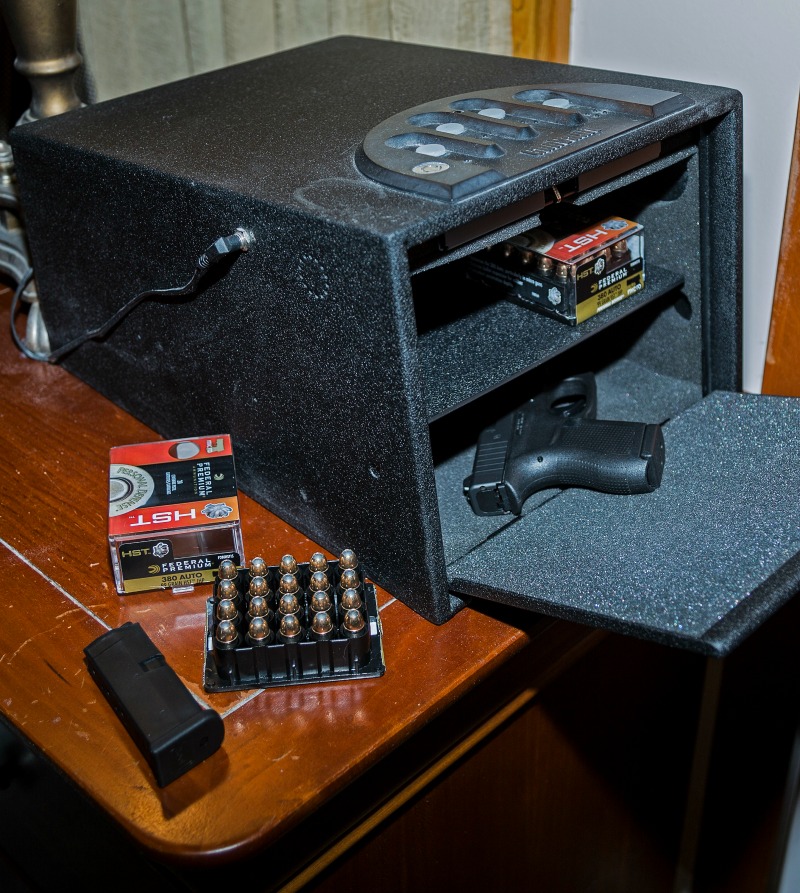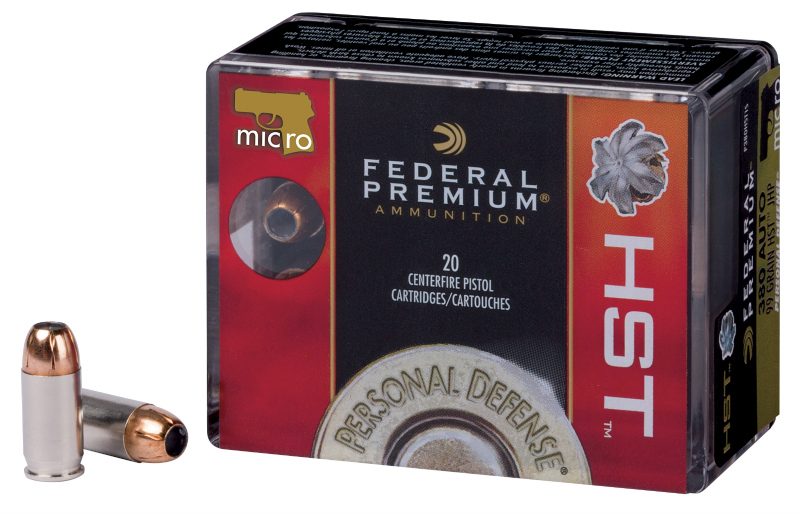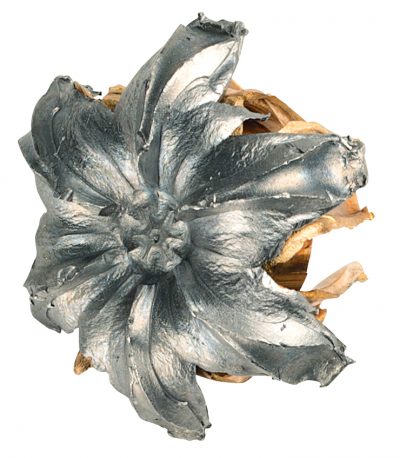.380 Auto + The Right Bullet = Conceal Carry Confidence
OutdoorHub Staff 10.28.16

The debate over which calibers are suitable for personal protection will go on for eternity. Certainly, no one questions the ability of a .45 ACP in the hands of a trained shooter, and most would agree that a 9mm is big enough, too. However, when someone says “I’m thinking about buying a .380,” the gloves come off and everyone has an opinion.
Because opinions are like “you know what,” we decided to ask someone who should know, Federal Premium Product Director Mike Holm.

OHUB: Mike, your company manufacturers ammo for everything. If someone is thinking about a .380, what do they need to know.
Holm: The .380 Auto was designed to give micro pistol shooters the most firepower possible, and in the right hands, it’s certainly capable of doing the job. Of course, shot placement is critical with any handgun in a self defense situation, and bullet choice is key, too. In .380 Auto we offer what I think is the best bullet available, the HST .380 Auto Micro (below). Like the rest of the Federal Premium Personal Defense HST family, this bullet provides consistent expansion, optimum penetration and unparalleled threat-stopping terminal performance. Its revolutionary deep, tapered hollow point won’t easily plug, while the jacket and core hold together to deliver almost 100 percent weight retention on target.

OHUB: Explain the testing that goes into a bullet such as this one before it’s brought to the market.
Holm: FBI protocol incudes a series of rigorous scenarios. Bullets are shot through materials such as 10-percent ordinance gelatin, laminated automotive safety glass, plywood, wallboard and heavy clothing specified by the FBI. While our larger caliber ammunition is designed to meet and exceed these requirements, the smaller .380 Auto might not, yet it’s designed to offer the best possible blend of performance in a compact handgun platform.
OHUB: So what can John or Jane Doe expect in terms of performance from a .380 Auto?
Holm: The HST .380 Auto Micro was engineered to stop assailants clad in everyday attire in open-air environments. With bare, calibrated 10 percent gel, you can expect 8.5 to 9.5 inches of penetration. In the FBI’s heavy clothing test, which gives you a baseline for materials such as denim and fleece, you can expect an additional .5 to 1 inches of penetration compared to bare gel. The .380 Auto wasn’t built for breaching heavier material, so if you expect to shoot through auto glass or plywood in personal defense situations, we recommend you pick a larger caliber HST.

OHUB: What about velocity and bullet expansion?
Holm: In terms of velocity, it scores a blistering 1,030 fps at the muzzle, 990 fps at 25 yards and 950 fps at 50 yards. Energy is equally impressive for a small-platform, short-barreled pistol, with 235 foot-pounds at the muzzle, 215 foot-pounds at 25 yards and 195 foot-pounds of punch at twice that distance. All of these figures were achieved with a 3.75-inch test barrel. Expansion depends on muzzle velocity, which is firearm dependent, but is typically greater than .600 of an inch in bare gel (photo above), and just under that in heavy clothing.
OHUB: Why does your HST bullet in .380 Auto weigh 99 grains? That seems like an odd number.
Holm: During the course of development, engineers evaluated numerous designs and weights. While they found workable projectiles and loads were achievable at 90 and 95 grains, our data drove us to the 99-grain design. It provided the most consistent performance, and balanced a number of key factors. Basically, we designed the best-performing bullet possible, and then we weighed it. The final number just happened to land on 99 grains.
Editor’s note: In the video below, national shooting champion Julie Golob talks about Federal Premium HST Micro ammunition and why she carries a smaller handgun.

